The Kitami Mint Memorial Museum is recognized as a Heritage of Industrial Modernization site by Japan's Ministry of Economy, Trade, and Industry. It’s on this site where you can discover the cultural and historical legacy of this aromatic herb.
The museum sits on the former grounds of the Hokuren Kitami Hakka Factory, which opened in the 1930s. This was a time when the mint production industry was at its peak and a cornerstone of the local economy.
Kitami was a city with the ideal climate for producing the hakka mint, which does not grow well in strong winds and heavy rains. Kitami’s mild weather conditions and the high percentage of sunlight hours contributed to the ideal conditions required for drying the harvested mint.
At that time, it was also harder to grow rice but very easy to grow hakka, which could then be exchanged for other crops. Hakka mint was also easy to transport. After distilling, the used mint leaves could also serve as livestock feed or fertilizer for the farms.
During World War 2, mint farms were repurposed for food production. Along with the rise of the synthetically-produced mint, Kitami’s mint industry gradually declined. Exports were suspended, and hakka farms were converted into produce farms. The year 1983 saw the factory closing its doors. It reopened a few years later to offer visitors a glimpse into the treasured history of the city’s world-leading mint industry





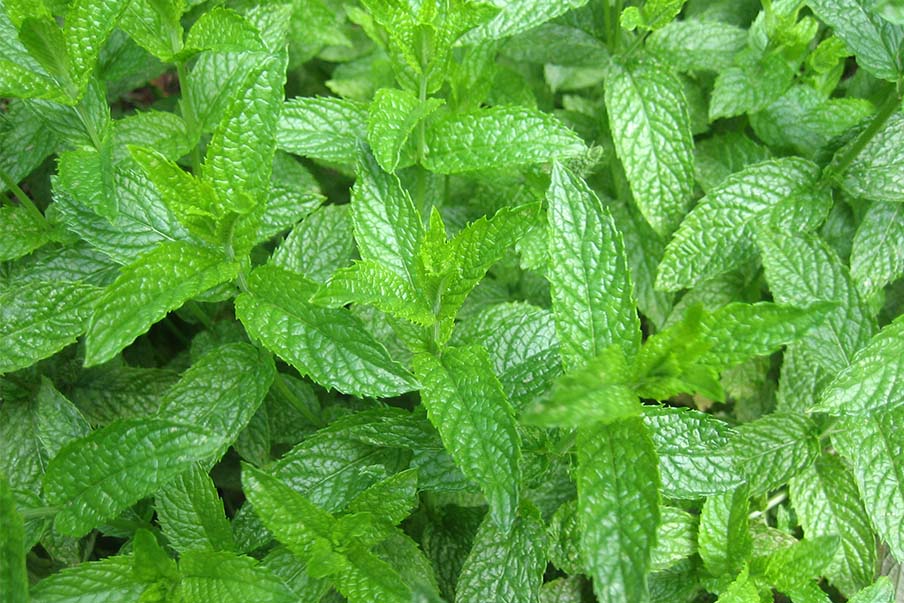
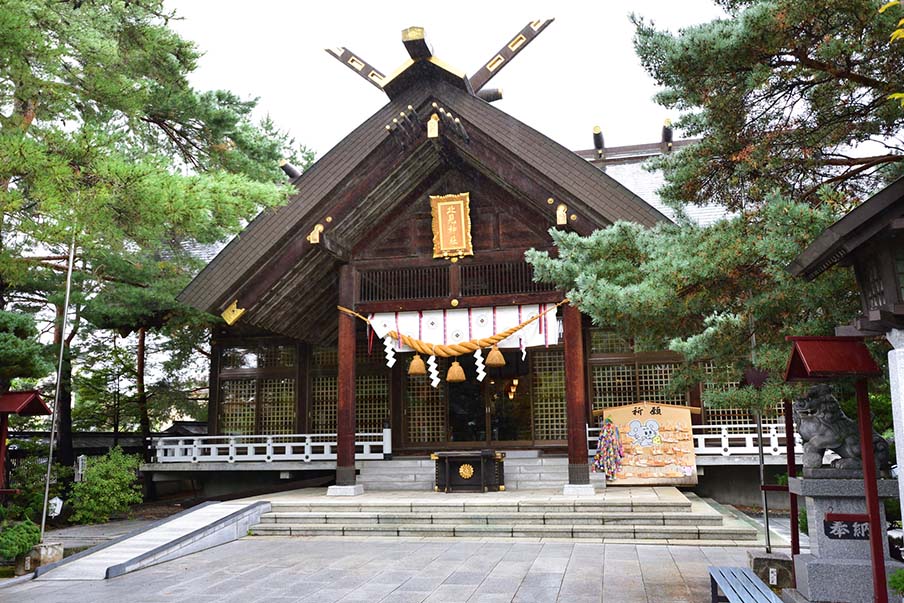
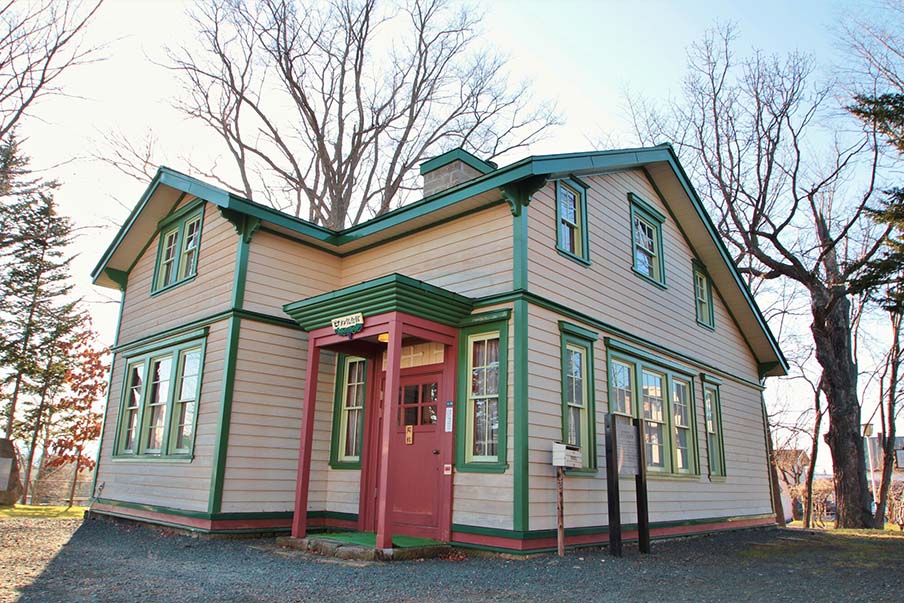
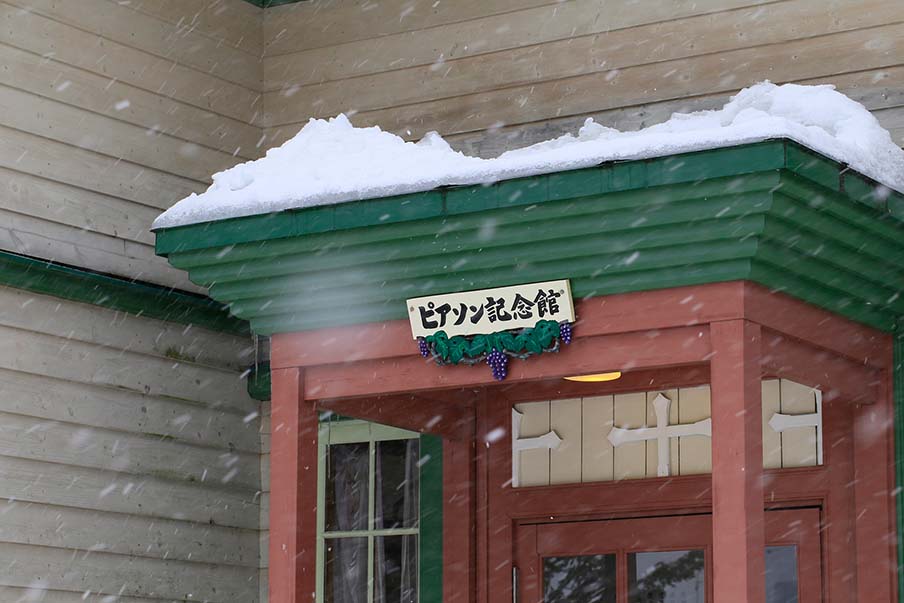
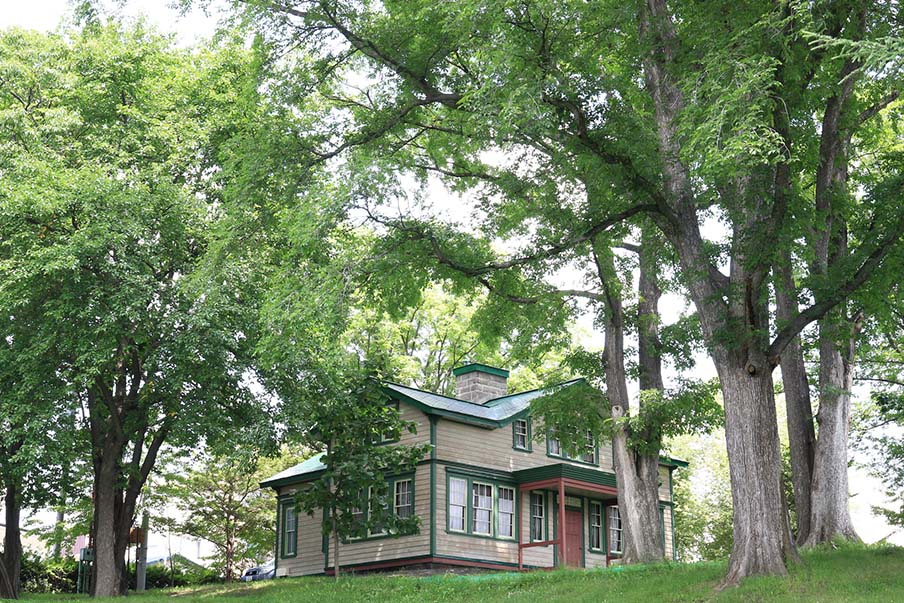
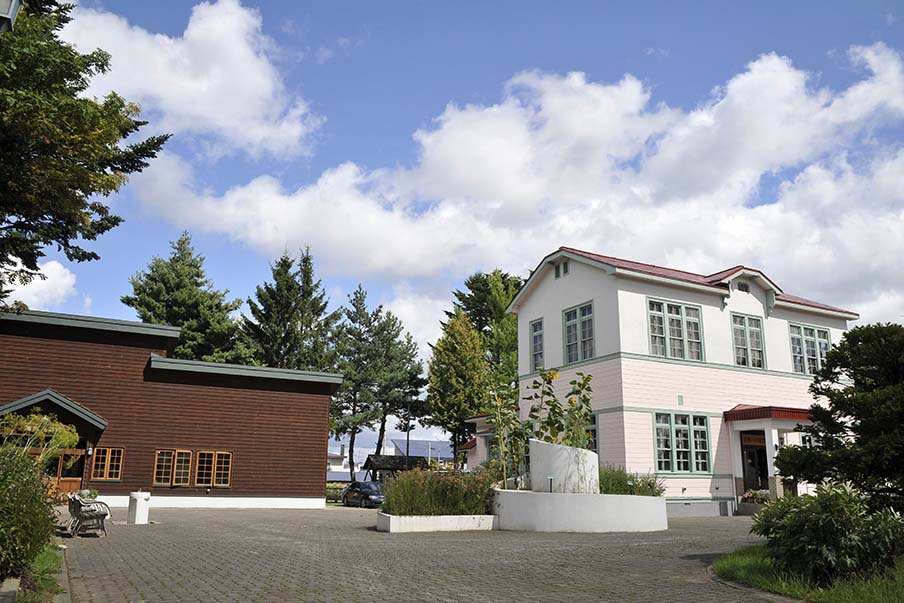
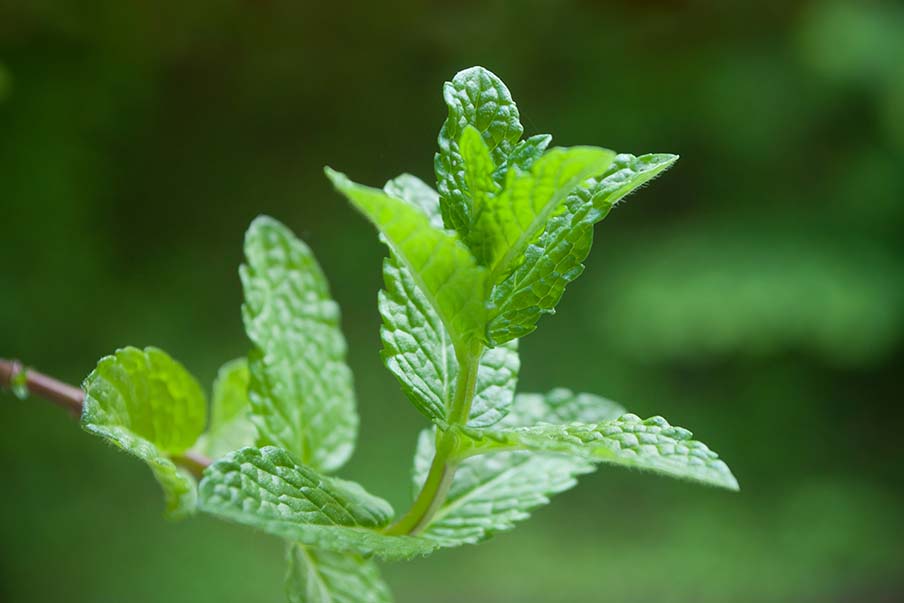
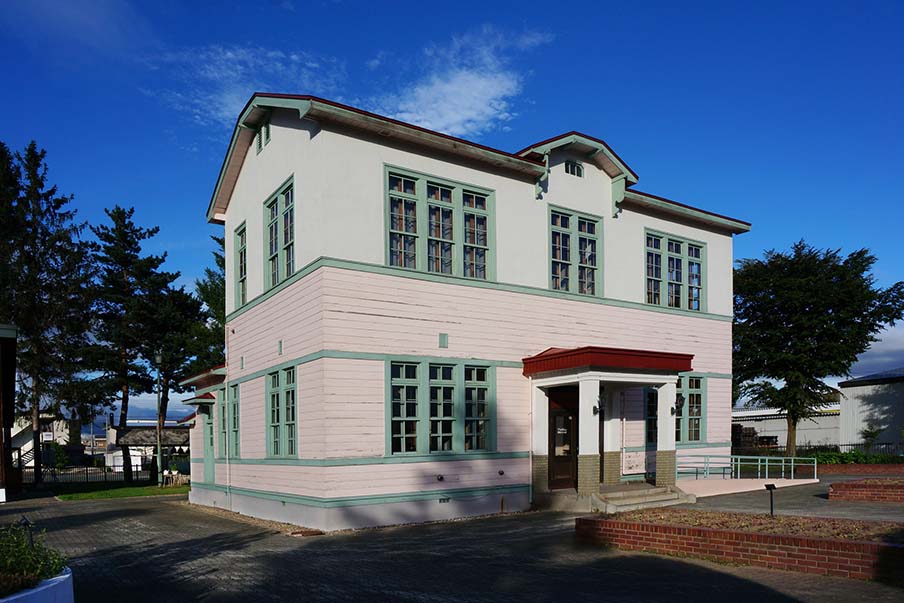
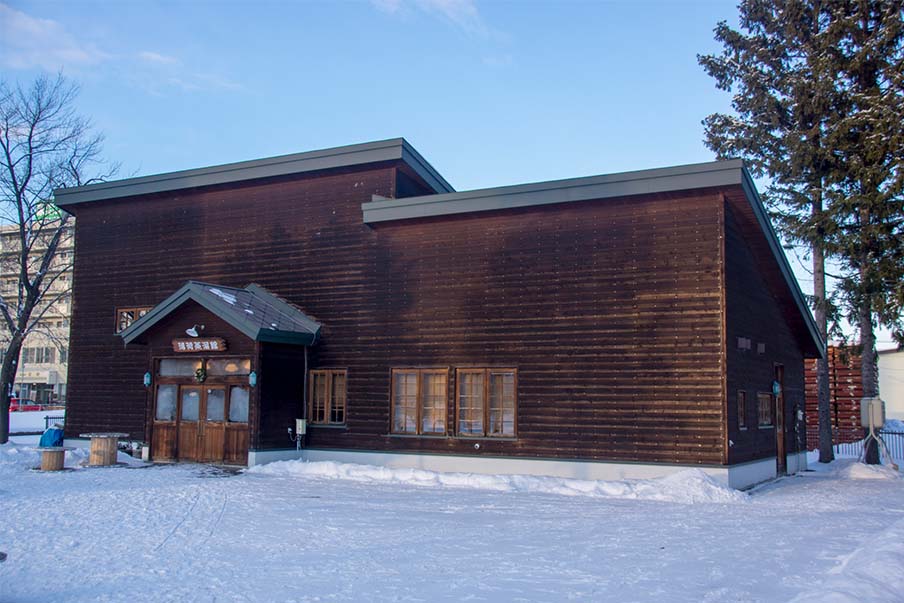
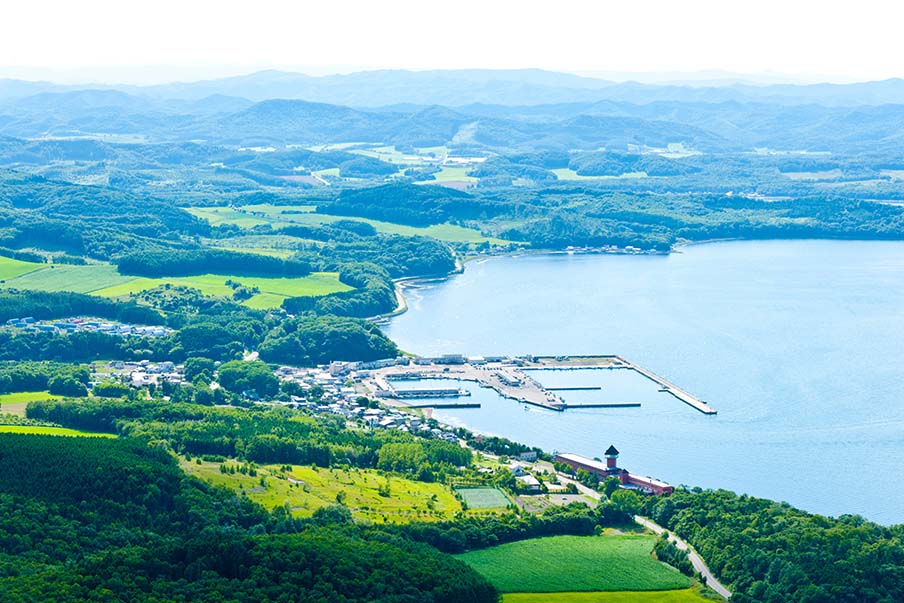






Share
SHARE